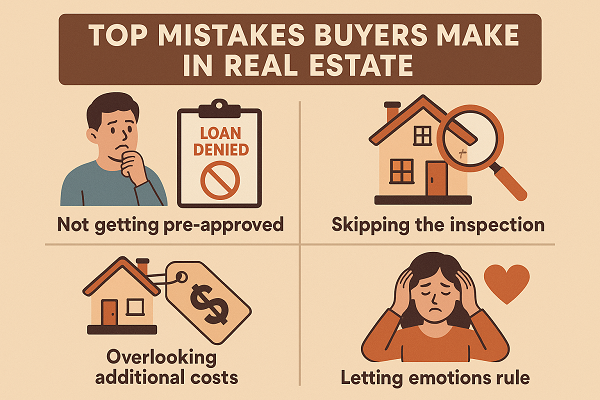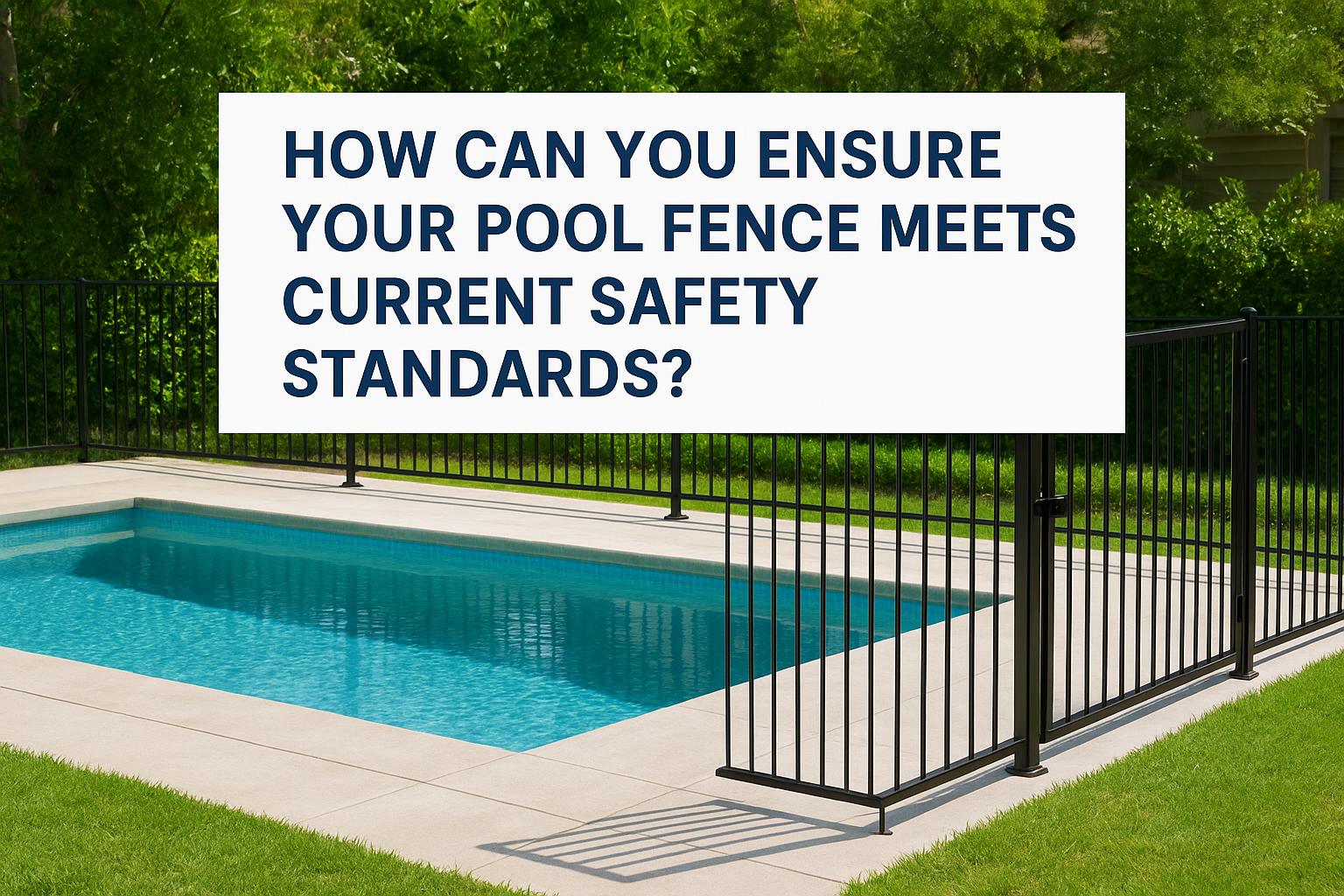Maintaining proper wheel alignment is crucial for the longevity of your vehicle, enhancing its performance and safety. Wheel alignment ensures that the tires are positioned correctly, which helps prevent uneven tire wear, poor handling, and increased fuel consumption. However, before getting a wheel alignment, understanding what to expect from the price is important. This article delves into the various factors that influence wheel alignment prices and helps you understand what’s included in the service.
Understanding Wheel Alignment
Before we explore the price factors, it’s important to grasp what wheel alignment is. Wheel alignment refers to adjusting the angles of the wheels so they are set according to the manufacturer’s specifications. These adjustments include the camber, toe, and caster angles of the wheels, which ensure they are correctly aligned to achieve optimal vehicle performance.
NOTE :- Wheel Alignment Price UAE at Arabian Star Tyre was competitive, ensuring customers received accurate and efficient service. Visit Arabian Star Tyre today for expert wheel alignment services in the UAE.
If your wheels are misaligned, it can cause several issues, such as:
- Uneven tire wear
- Poor handling or steering response
- Increased fuel consumption
- Premature wear on suspension components
Regular wheel alignment helps prevent these problems and keeps your vehicle running smoothly. Now, let’s look at the factors that affect wheel alignment prices.
Key Factors Affecting Wheel Alignment Price
1. Type of Vehicle
The type of vehicle you drive plays a significant role in determining the cost of wheel alignment. Larger vehicles, such as SUVs, trucks, or luxury cars, typically require more extensive work due to their size, weight, and more complex suspension systems. For example:
- Standard sedans: Smaller vehicles often have simpler suspension systems, which can make the alignment process faster and less expensive.
- SUVs and trucks: These vehicles require more effort, as they are heavier, and have larger tires. They may also require specialized equipment, which can increase the price.
- Luxury and high-performance vehicles: High-end vehicles often have more sophisticated suspension systems, and wheel alignment may require special tools and expertise. This can increase the overall cost.
The more complex the vehicle, the higher the price due to the extra labor and equipment involved in aligning the wheels.

2. Location of the Service Provider
The geographical location of the service provider is another significant factor that affects wheel alignment prices. In cities or urban areas where the cost of living and doing business is higher, you can expect to pay more for services. For example, in major cities like Dubai, Abu Dhabi, or Sharjah, the cost of wheel alignment may be higher compared to smaller towns or rural areas.
Additionally, whether you take your vehicle to a dealership or an independent repair shop can affect the price:
- Dealerships: Authorized dealerships often charge more due to their brand reputation, specialized knowledge, and use of the latest equipment.
- Independent shops: Independent auto repair shops may offer more competitive prices, but the quality of service can vary.
It is essential to balance cost with quality, especially when choosing a service provider for wheel alignment.
3. Type of Service and Complexity
Wheel alignment services can vary in complexity. Some service providers offer basic wheel alignment, while others provide more comprehensive packages. The price will depend on what is included in the service. Typically, wheel alignment services fall into the following categories:
- Basic Wheel Alignment: A standard alignment includes adjusting the camber, toe, and caster angles to meet the vehicle’s manufacturer specifications.
- Full Service: This could involve a complete check-up of the vehicle’s suspension system, along with the alignment. It may also include balancing the wheels, checking for wear, and making necessary repairs.
- Advanced Alignment: Some service centers offer laser or computerized alignment services that use advanced technology for precise measurements and adjustments. These services tend to be more expensive but are usually more accurate and efficient.
The more comprehensive the service, the higher the price. If your vehicle needs more than just a simple alignment, such as repairs to suspension components or tire balancing, the cost will increase.
4. Technology and Equipment Used
The type of equipment used for wheel alignment can also affect the price. Modern alignment systems are highly accurate and often use computerized or laser-guided technology to make precise adjustments. These tools can ensure that your vehicle’s alignment is done correctly, providing a better driving experience.
- Laser Alignment: Laser alignment uses sensors and lasers to provide high accuracy in wheel alignment. This system helps technicians make precise adjustments, ensuring your car handles better and the tires wear evenly. However, this technology is more expensive, which adds to the overall cost of the service.
- Computerized Alignment: Computerized systems involve measuring the angles of each wheel and comparing them to the manufacturer’s specifications using digital tools. These systems are faster and more efficient, but the technology comes with a higher price tag.
The investment in high-tech equipment ensures a more accurate alignment and reduces the chances of misalignment occurring soon after the service. While these services might be pricier, they offer better results and more reliable performance.
5. Condition of Tires and Suspension
Another factor that affects the cost of wheel alignment is the condition of your tires and suspension system. If your tires are worn out or damaged, or if your suspension is not in good condition, it may impact the alignment process and increase the overall cost of the service.
- Tire Condition: If your tires are unevenly worn or damaged, the technician may need to replace them before performing the alignment. This adds to the overall cost of the service. New tires may also require balancing, which further increases the price.
- Suspension Issues: If your vehicle’s suspension components are worn out or damaged, the alignment may not be accurate until those issues are fixed. Common suspension issues that affect wheel alignment include worn-out ball joints, tie rods, or control arms. Fixing these problems can add additional costs to the service.
If your vehicle’s tires and suspension are in poor condition, you may need to invest more money to restore proper alignment.
6. The Reputation of the Service Provider
The reputation of the service provider is another factor that can influence the cost of wheel alignment. High-end service centers and dealerships typically charge more due to their brand recognition, expertise, and quality of service. However, this doesn’t necessarily mean they offer the best value.
It is important to compare prices and services before making a decision. Look for service providers that have a good reputation for quality and customer service, and check reviews or ask for recommendations. A reliable, reputable service provider may charge a bit more, but you’re more likely to receive superior service and avoid future issues with your vehicle.
7. Discounts, Packages, and Promotions
Many service centers and auto repair shops offer discounts or promotional offers for wheel alignment. These may include:
- Package Deals: Some service providers offer discounts if you combine wheel alignment with other services like tire rotation or balancing.
- Seasonal Promotions: Certain times of the year, like before summer or winter, may offer special promotions for wheel alignment services.
- Loyalty Discounts: If you are a regular customer, some shops offer loyalty discounts on maintenance services, including wheel alignment.
By taking advantage of these deals, you can reduce the overall cost of wheel alignment without compromising on quality.
What Should You Expect from the Price?
Typically, wheel alignment prices range from $50 to $100 for a basic service, but the cost can go up depending on the vehicle type, service complexity, and additional repairs needed. In the UAE, you can expect similar pricing, but prices may vary based on location and the factors mentioned above.
- Basic Wheel Alignment: $50 to $75 (or equivalent in AED)
- Advanced or Laser Alignment: $100 to $150 (or equivalent in AED)
- Full Service (Including Suspension Check): $150 to $200 (or equivalent in AED)
Prices can fluctuate depending on whether you’re at a dealership, independent shop, or specialized service center.
Conclusion
Wheel alignment is a critical aspect of vehicle maintenance, helping to ensure your vehicle runs smoothly, improves handling, and reduces tire wear. Understanding what to expect from the price of wheel alignment is crucial for car owners. Factors such as the type of vehicle, service complexity, location, and technology used all contribute to the cost of the service.
While it’s tempting to go for the cheapest option, it’s important to weigh the price against the quality of service provided. Ensure that the service provider you choose uses high-quality equipment, offers a warranty on the service, and has a solid reputation for customer satisfaction. Investing in a good wheel alignment service is an investment in your vehicle’s performance and longevity.
For More Insightful Articles Related To This Topic, Feel Free To Visit: Techners










Leave a Reply